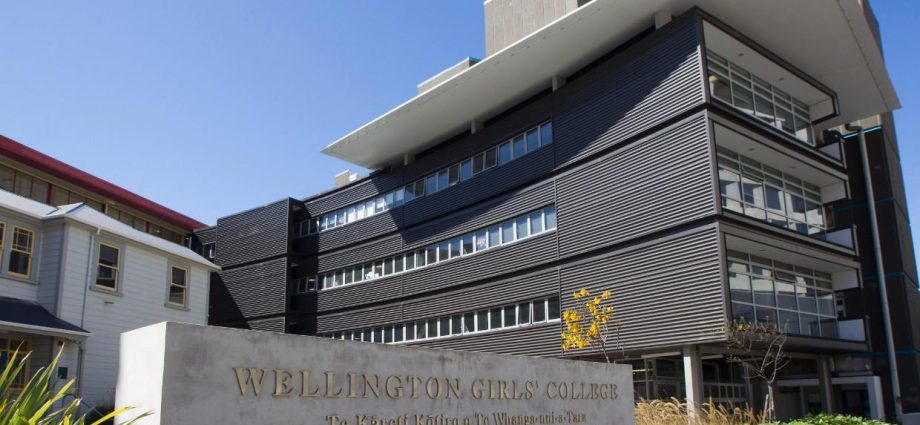PHOTO: Wellington Girls’ College. FILE
Wellington Girls’ College Criticises Ministry of Education’s Building Proposal
Wellington Girls’ College has raised concerns about a proposed building project by the Ministry of Education, labeling it as a misuse of taxpayers’ money.
The school, already grappling with a significant shortage of teaching space, recently discovered that its largest classroom block, Brook, which houses 27 teaching spaces, is rated at just 15 percent of the new building standard (NBS). Buildings under 34 percent NBS are considered quake-prone, with the risk of fatalities in such buildings being between one-fifth and one-half the risk of dying in a car crash.
The two top floors of Brook, added in 1994, are lighter than the underlying structure, making them less flexible during an earthquake. As a temporary solution, the Ministry of Education has proposed strengthening Brook block to just 35 percent NBS by early next year.
However, principal Julia Davidson argues that it would be more cost-effective to demolish the building and start anew. “As taxpayers, we think it is a waste of money to go ahead with short-term strengthening,” she stated.
Julia Davidson. Photo: Supplied /
A meeting between school staff, whānau, and ministry officials was scheduled for Tuesday afternoon. The ministry defended its recommendation for students to continue using Brook in the meantime, stating that the situation differed from when it evacuated its own Wellington headquarters for seismic reasons two years ago, as each building is unique.
The school block is classified as an Importance Level 3 (IL3) building due to the presence of over 300 children daily, necessitating a higher assessment standard compared to the IL2 rating for the ministry’s office block.
Wellington Girls’ College Brook block had two floors added in 1994. Photo: Wellington Girls College
Upon conducting a Targeted Seismic Assessment (TSA), which resulted in a 25-30 percent NBS rating for crucial parts like floors, the ministry evacuated its headquarters and recommended a Detailed Seismic Assessment (DSA). Conversely, it suggested the school perform only a TSA, which would be quicker. Nonetheless, the school board opted to fund a full DSA, receiving the results last week and deciding to evacuate students accordingly.
Principal Davidson emphasized the value of the full DSA for peace of mind, noting that staff had many questions about the building’s weaknesses. “It is really reassuring to know everything has been looked at,” she said.
The ministry’s TSA on its evacuated building had similarly recommended a DSA “to ensure that all elements are reviewed and assessed prior to any strengthening design.”
SOURCE: RNZ

















